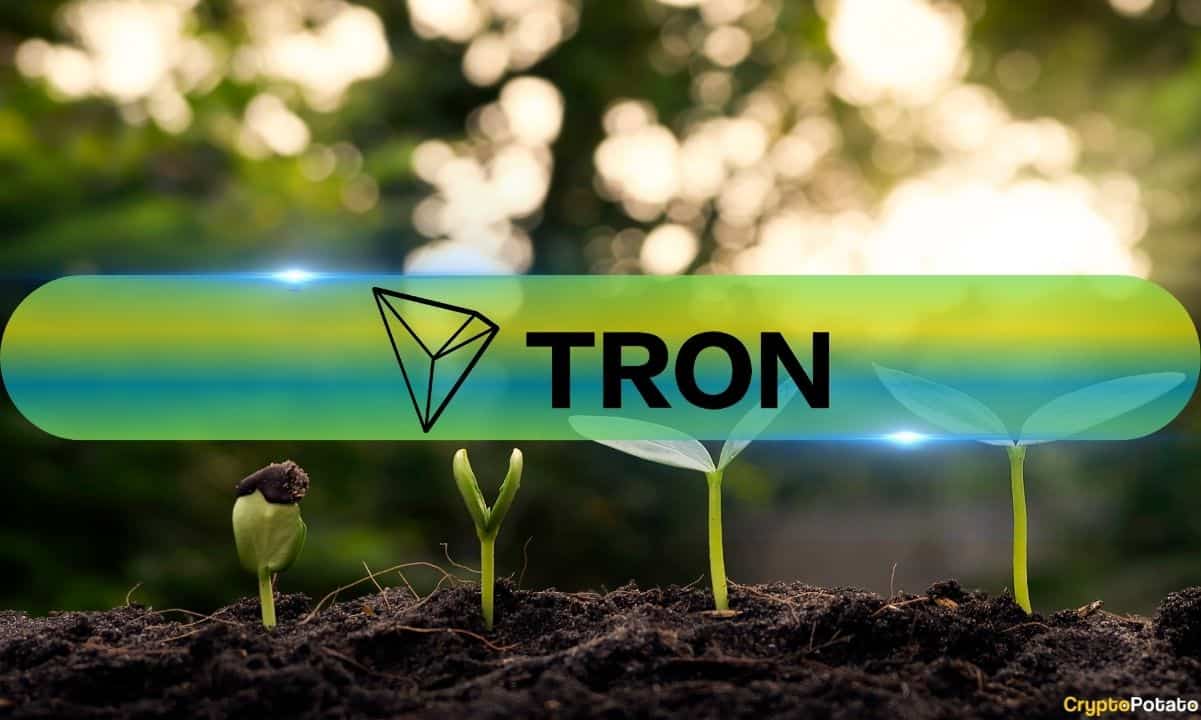
According to Tronscan data, Tron’s fee revenue soared to a record-breaking $1.758 million on February 20th. Tron’s revenue stems from fees levied on transactions, which are subsequently burned. This revenue is determined by multiplying the daily quantity of TRX burned by the closing price of TRX on CoinMarketCap.
On the same day, the Tron network burned a total of 12,622,236 TRX. This milestone essentially underscored Tron’s growing adoption and activity within its network, reflecting investor confidence and increasing utility.
- The continuous burning of TRX also contributes to its scarcity, which aligns with its deflationary measures, potentially impacting its value in the broader crypto ecosystem.
- TRX has been on a steady uptrend in tandem with the broader market recovery.
- In fact, Tron’s native crypto has surged to $0.17, a level last observed in May 2021. This increase in value propelled annual gains to exceed 100%.
- TRX’s price has mostly remained unfazed by the allegations of the US Securities and Exchange Commission (SEC).
- Last year, Sun and Tron were embroiled in a lawsuit brought forth by the US Securities and Exchange Commission (SEC). The suit accused them of unlawfully vending unregistered securities linked to TRX and BitTorrent (BBT) tokens.
- Additionally, the security regulator alleged that Sun and Tron engaged in wash trading within TRX’s secondary market, purportedly to inflate its market value artificially.
- Amidst the regulatory tussle, Circle, the entity responsible for USDC, announced the termination of its backing for the Tron network. While the creation of the new USDC on Tron will cease immediately, assistance for the stablecoin on this platform will continue until February 2025.
- However, Tron remains the most preferred network for USDC rival and the world’s largest stablecoin, USDT.
- Tron’s surpassed Ethereum by 8% in the utilization of USDT.
This article first appeared at CryptoPotato

